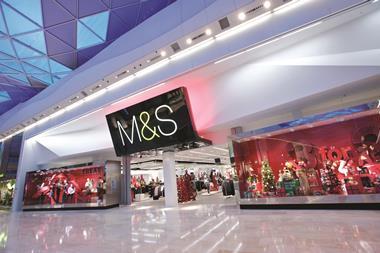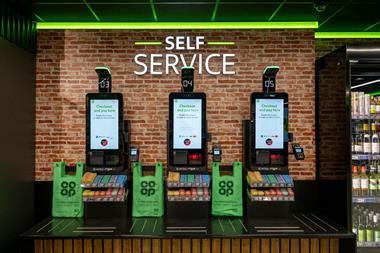It has certainly been a good decade for Amazon. But will it really become big enough to topple Walmart from its spot as the world’s biggest retailer by 2020, as former Asda chief executive Andy Bond claimed today?
Amazon’s sales growth has without doubt been impressive, increasing from $10.72bn to $44.1bn in the five years between 2006 and 2011. But while the etailer may have grown quickly, it still has some way to go. Amazon is worth $106bn (£67.9bn) compared to Walmart’s $252bn (£161.4bn), and Walmart is unlikely to take its foot off the pedal any time soon – its international expansion continues apace and it May this year it reported first quarter like-for-like sales rose 2.6%.
But if the retail industry has learnt anything from the past decade, it’s to not underestimate Amazon and its ilk. Conlumino managing director Neil Saunders says a world where Amazon is the biggest retailer is well within the realms of possibility – not only has it impressed pundits with growth so far, its potential is still huge.
He says: “The growth potential that Amazon has is still very strong. In many countries it is still embryonic, and there are a lot of product areas such as fashion and homewares where it could still do a lot better. It is nowhere near the market share it could have.”
Amazon’s unstoppable rise to the top will be reflective of a more general trend, Saunders says: “It underpins the many changes and dynamics that we have seen in retail with the advent of the internet.”
The trends are likely to produce three types of successful retailers he adds. Amazon is the most obvious example of the first type - huge pure play general merchandise etailers who are widely trusted by consumers and who stock a large range of products. Multichannel retailers such as John Lewis will supplement a strong online presence with a network of stores, and finally smaller niche players such as cycling etailer Wiggle will do well as they use the internet to reach a global audience.


























No comments yet